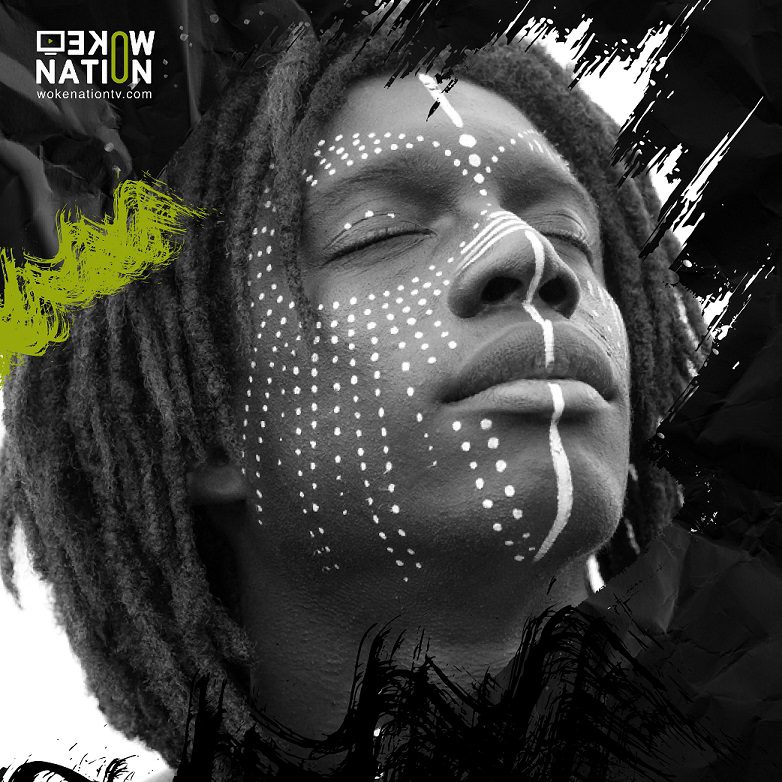The nose is one of the body’s organs, largely responsible for sniffing and breathing. Its structure is made up of cartilages, nerves, blood vessels, and muscles. It requires the same attention as other sections of the body. The causes, symptoms, and treatments of nosebleeds will be discussed in this article as well as the do’s and don’ts.
What exactly is a nosebleed?
Nosebleed (Epistaxis) occurs when blood is lost from the blood vessels (tissues) in the nose. This can occur in either one or both nostrils.
Nosebleed Causes
Nosebleeds can be caused by a variety of factors, although they are not necessarily dangerous.
- Dryness (dry air) and colds are the most prevalent causes of nosebleeds in the winter.
- Regular nose picking to clear dried nasal mucus (boogers)
- Sinusitis
- Rhinitis due to allergies
- Irritation
The aforementioned causes are not usually significant. Most of the time, it resolves on its own with proper self-care.
However, persistent nosebleeds may be an indicator of a more serious condition. If left untreated, it might lead to anaemia.
The following are some major causes of nosebleeds:
- Blood thinners and other medications
- A head injury or trauma, such as a fall (accident)
- Blood pressure is high.
- coagulation condition of the blood
- Nasal Tumors (rare cases)
Symptoms and signs of nosebleeds
The major sign of a nosebleed is blood flowing out of the nose. Nosebleeds normally occur in one nostril, but if the bleeding is excessive, it might spread to the other. In certain situations, it may even trickle down the esophagus into the stomach, causing blood vomiting. A streaming feeling may be felt at the back of your throat.
Treatment
There are things you should do and avoid while attempting to treat a nosebleed on your own. That way, you won’t be doing yourself any more harm.
The Dos of Nosebleeds
This includes first aid remedies as well as what you should do to stop nosebleeds.
1. Maintain proper posture
Sitting straight is the greatest position for someone with (an anterior) nosebleed. Lying or leaning down will always cause blood to flow into the nose.
You are also less likely to ingest any blood this way. However, if you have posterior bleeding, you will have to swallow blood even if you are sitting straight. In this scenario, you should consult a doctor straight away.
2. Maintain a calm demeanor.
Relaxation helps to soothe the nerves, including the nerves in the nostrils. Stress reduction techniques such as “breathe deeply and exhale gently” assist to reduce blood pressure and minimize bleeding.
3. Apply force
I’m sure you’ve seen movies where pressure is given to bleeding portions of the body. It aids in reducing or stopping blood flow while awaiting professional or medical help.
Pinch your nose with your thumb and index fingers for around 15 minutes if you get nosebleeds. The pressure applied will have the same effect.
4. Use a cold compress
A pack of ice is ideal for this. It will assist to minimize inflammation and dull any discomfort that may be present. It also constricts blood arteries, limiting blood circulation to the nose.
5. Gently blowing your nose
A mild nose blowing will not hurt you in any way. It will, however, aid in the removal of blood clots that may have accumulated in the nostrils. However, if the nosebleeds persist after doing these treatments twice, seek medical attention.
6. Know the actual cause
The first step in nosebleed treatment is determining the source of your nosebleed. The aforementioned measures will assist to reduce the bleeding but will not determine the source.
A nosebleed produced by a dry nasal membrane, for example, will require a saline nasal spray to keep it wet and prevent future bleeding. As you can see, a knowing cause will result in an effective cure.
The Don’ts of Nosebleeds
Knowing what not to do when you get nosebleeds will help you avoid more injury and bleeding. As a result, do not
1. Pick the nose
You could be tempted to pick your nose, but resist. By stimulating the already irritated tissues in the nostrils, nose picking can worsen the bleeding.
2. Tilt or bend the head
Avoid doing anything that causes you to tilt or lean forward. Do not stoop to lift anything. Even if the bleeding has stopped, do not bend down to move heavy things or lie down.
This might result in blood flowing down your neck. Furthermore, it may cause bloody coughing and vomiting.
3. Fill the nose
When you push Kleenex, tampons, cotton, or towels up your nose, your intentions are good. However, the procedure is incorrect and may result in more bleeding.
The substance used to fill the nose may adhere to blood clots, causing sores to recur when removed.
4. Use a warm compress.
Warm compresses and even hot baths relax the blood arteries, allowing more blood to circulate. However, if you don’t want to blow your nose, you can use this to get rid of blood clots. However, it has no effect on the bleeding.
5. Consume spicy foods
The burning feeling (heat) from spicy, heated meals or liquids has the same consequence as applying a warm compress.
A runny nose can be caused by eating spicy meals. Consider how much it dilates your blood vessels and increases bleeding.
what you should know about throat cancer
When to contact for medical assistance or an emergency
As previously said, nosebleeds may signify more significant problems. As a result, if you have an emergency, get medical attention immediately. Persistent nosebleeds for no obvious reason might be a sign of a significant health problem.
Nosebleed, like headache, is not a sickness, but rather a typical symptom of mild or significant health problems.
So, if you or a loved one suffers a nosebleed, don’t panic; most nosebleeds are simply cured. Follow the Do’s instructions and when these happens call a doctor;
- Lightheadedness or bleeding that persists after 30 minutes after self-care remedies
- Nosebleed caused by trauma or injury, such as a fall to the head or a blow to the face (broken nose.)
- Medication causes uncontrollable nosebleeds.

